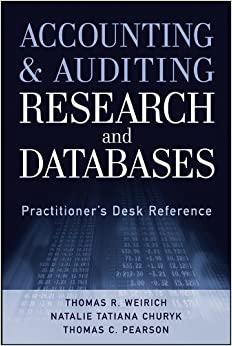Question
From Simulation with Arena By: Kelton 3-14 Five identical machines operate independently in a small shop. Each machine is up (i.e., works) for between 7
From Simulation with Arena By: Kelton
3-14 Five identical machines operate independently in a small shop. Each machine is up (i.e., works) for between 7 and 10 hours (uniformly distributed) and then breaks down. There are two repair technicians available, and it takes one technician between 1 and 4 hours (uniformly distributed) to fix a machine; only one technician can be assigned to work on a broken machine even if the other technician is idle. If more than two machines are broken down at a given time, they form a (virtual) FIFO repair queue and wait for the first available technician. A technician works on a broken machine until it is fixed, regardless of what else is happening in the system. All uptimes and downtimes are independent of each other. Starting with all machines at the beginning of an up time, simulate this for 160 hours and observe the time-average number of machines that are down (in repair or in queue for repair), as well as the utilization of the repair technicians as a group; put your results in a Text box in your model. Animate the machines when theyre either undergoing repair or in queue for a repair technician, and plot the total number of machines down (in repair plus in queue) over time. (HINT: Think of the machines as customers and the repair technicians as servers and note that there are always five machines floating around in the model and they never leave.)
Step by Step Solution
There are 3 Steps involved in it
Step: 1

Get Instant Access to Expert-Tailored Solutions
See step-by-step solutions with expert insights and AI powered tools for academic success
Step: 2

Step: 3

Ace Your Homework with AI
Get the answers you need in no time with our AI-driven, step-by-step assistance
Get Started


